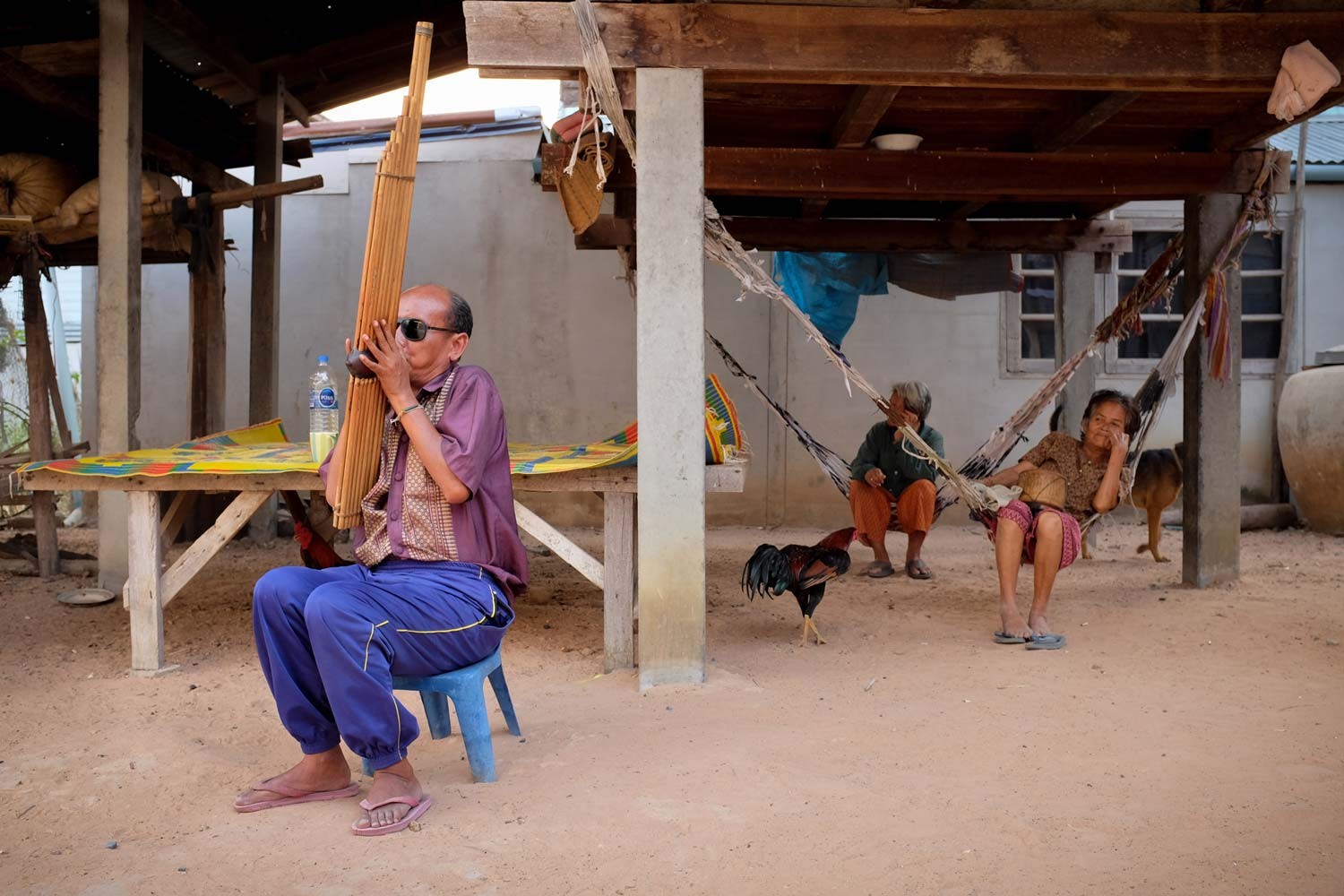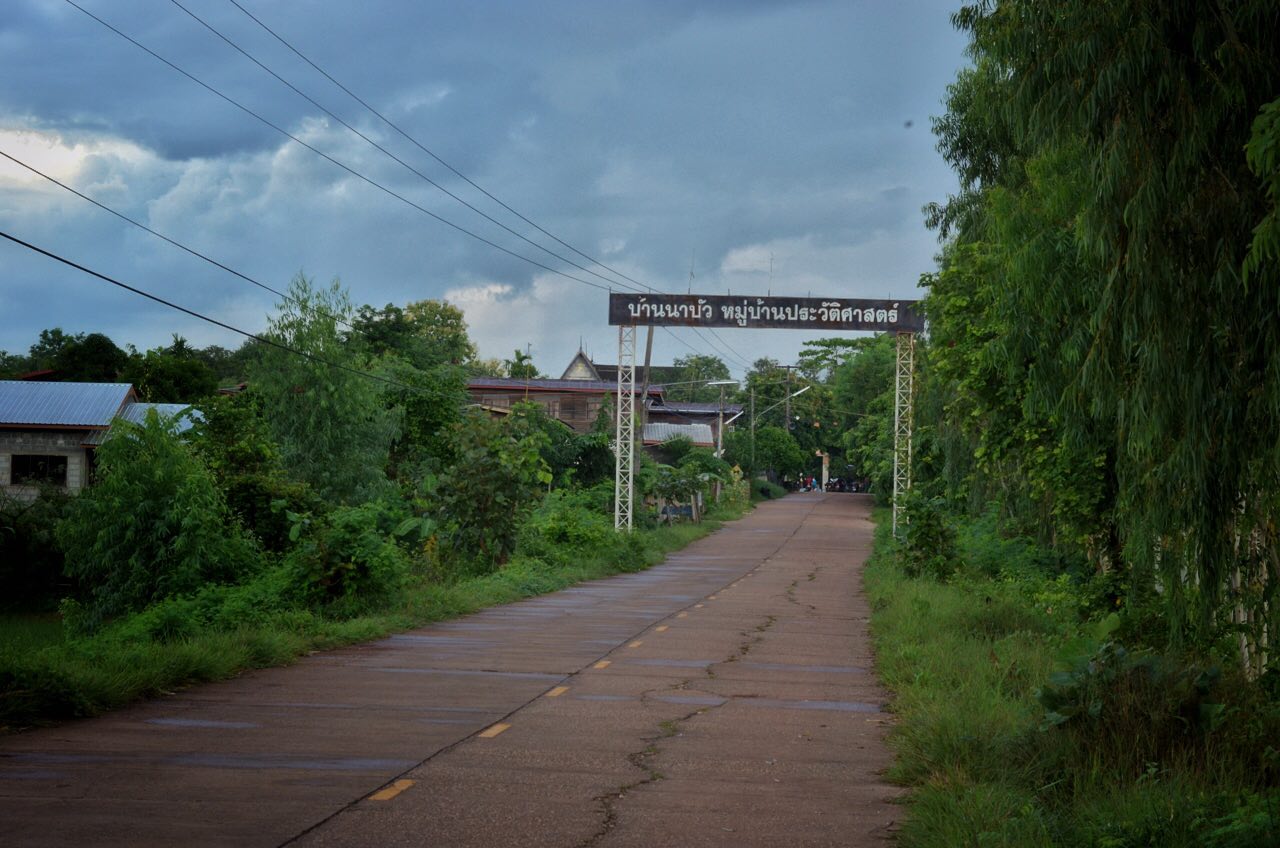
Thailand’s new generation rises up
By David Streckfuss
University and high school students across Thailand have seemingly come out of the blue and filled the streets in cities throughout the country. Prior to COVID-19 restrictions, there were signs of a general and widespread discontent. After the dissolution of the Future Forward Party in February, sizable protests were held on various campuses nationwide.
The protest reemerged in June. At the time, observers called the movement “leaderless.” With each protest, demands become more refined while at the same time broadening. By August, the movement stunned Thailand by providing an incisive set of demands needed for reform of the monarchy.
In the Northeast, there have been frequent protests, all of which shared two elements: dominated by younger people and the same set of demands for the government to step down and revision of the constitution. But other than these, each site in Isaan has been adapted to local conditions. Some cities had a strong high-school element, some had relatively few students, some had a strong LGBT leadership element.
There is a youth movement occurring in Thailand but there are questions as to what degree it is unified and whether it can or should be unified on either a regional or national level.
The Isaan Record thus starts its latest series, “The new generation rises up.” As with our LGBTIQ+ series, the series is episodic and will adjust to changing fortunes of the movement over the next couple months.
Education on trial
The current student movement in Thailand is made up of students from a variety of types: high school students, vocational students, and university students. But they all come under a common education system. Within the issues being criticized by the movement, a core commonality is education.
Education is what societies put their young through so that the young might gain the knowledge and skills necessary to carry out life smartly and wisely. A portion of those go on to higher education so that they can lead society in the future. One of the key components of education is “developing the powers of reasoning and judgment.”
So what happens when the youth, using their power of reasoning, decide to revolt? What happens when they condemn, en masse, the system from which they all emerged?
Academic Thitinan Pongsudhirak nicely summed up the central tension. Students are “awakened and angry” that “they have been kept in the dark and cloistered in a state-imposed mind bubble for so long.” They are angry for living under what seems more a dictatorship than democracy, and they recognize, “the first dictatorship is in school.” Students are critical of the country’s economic disparity, the suffocating social and political hierarchy, and the disrespect for diversity. Thitinan compares the gap between education experts and the new generation:
“Gen Z” students who were born roughly after 1996 are angry that they have been moulded into Thailand’s obedient citizens and loyal subjects in a traditional political order revolving around nation, religion and monarchy. Such indoctrination of “Thainess” has relied on outdated, even backward, school curricula and practices, such as the length and shape of hair and school uniforms for girls and boys. Routine corporal punishment and rote learning in primary and secondary schools have been designed to prop up a socio-political hierarchy of power and authority.
Students want to be taught to be “global citizens”, allowed and equipped to express their views and ideas, questioning authority and received wisdom. They want to be able to keep up with the outside world because their future depends on it. They are conscious of the jobs and skills that they will need to make a living but are not being trained and taught sufficiently by Thailand’s deeply ingrained patronage-driven culture and top-down education system.
Much of this, Thitinan says, is due to the “alternative sources of information” readily available to younger people.
One might go further by saying that education in Thailand (and elsewhere), the ability of people to access, critically assess, and make judgment on information available on the internet threatens the traditional, inherent hierarchy of classroom learning and can, in some cases, allow the “student” to be better informed and up to date than the “teacher.”
Another observer argues that the Thai education system is “no place for creative ideas” and “has undermined students’ potential, and competitiveness.” Newly graduated students don’t meet employers’ needs who need “to be critical, skilful in management, and dare to take up challenges.”
The “Thai education system” reproduces “a traditional image of Thai youth—obedient imbeciles without inquisitive minds. A good student must be someone who thinks inside the box, leaving politics to phuyai [adults, big people].” Thai students “are forced to study under traditional outdated teaching methods while teachers are obsessed with power, refusing to accept a student’s identity and needs.”

“No dictatorship” sign held by a high school student at a rally in Khon Kaen on August 17, 2020 (Photo by Hathairat Phaholtap)
Student Movements in context
Students played a notable role in protests in the nineteenth century. For instance, 6,000 students, organizing into the Academic Legion in Vienna in the 1848 revolution, protested against the government and successfully led to the resignation of Europe’s most famous state person, Clemens Metternich. Students took over the administration of Vienna for a few months before being brutally put down by imperial forces.
St. Petersburg Imperial University had periodic protests from the 1860s to 1880s, leading to occasional closings of the university and dismissal of entire classes.
Google’s “N-gram” registers the frequency a word or phrase is used in a particular language’s body of written materials. That the phrase, “student movement,” shows up in all major languages only around 1900 shows that it is a relatively new phenomenon. IN most languages, its frequency of use peaks in the 1960s to the 1980s, and then largely drops away.
There have been frequent student movements in recent history, some of them short term, and a few others that have lasted longer. Most happen on just one campus and focus on one or two issues, arising out of specific circumstances and then quickly falling away.
In the United States, for instance, Students for a Democratic Society rode a wave of protests and a generation of coming-of-age in the 1960s. The United Students Against Sweatshops became nationwide and even spread internationally in the late 1990s.
In 2006, Chilean high school students mounted nationwide demonstrations in the Penguins’ Revolution, at first focusing on bus fare but eventually addressing the question of education quality. Between 2011 and 2013, in what was called “the Chilean Winter,” Chilean university and high school students, driven by “deep content” with the inequality in society, demanded a total reform of the education system.
Hong Kong’s Umbrella Revolution is similar to what is going on in Thailand. The movement, beginning in 2014, was at first called largely leaderless. But over time, leaders did emerge, like Joshua Wong. Born just before Hong Kong was handed back to China, Wong and his colleagues have found new ways to challenge the authorities amid a flurry of charges, trials, and jailings. Most recently, these leaders have sought election to positions.
The Thai student movement, past and present
To get some context to the current student movement in Thailand, we turned to Thongchai Winichakul, a student activist in the 1970s who was jailed after right-wing forces cracked down on protesters at Thammasat University on October 6, 1976. His body of work as a scholar has created a seismic shift in the ways that we understand Thailand. His most recent work is Moments of Silence: The Unforgetting of the October 6, 1976, Massacre in Bangkok.

Demonstration of Thai student movement, October 14, 1973. Credit: doct6.com
Thongchai addressed the nature of student movements in general and how the current student movement differs, or not, with the movement in the 1970s. He wrote to us:
“Unlike the adults in every society, students in general have less to “unlearn” the ideological loading,” he wrote to us. “Their mental approach to understanding reality and to the future possibility is more rationalistic and open-minded. Their inexperience and less-complicated worldview are both the limitation and the virtue that makes them an agency for change.”
But he cautioned that “rational” is not quite the right word. Another way to phrase it, he wrote, is to say that students are “more logically straightforward, uncomplicated by the assorted constructions, especially the exceptionalism of Thainess.”
One of the most defining aspects of student movements, though, is that students grow up and move on. “Being students, nevertheless,” Thongchai wrote, “indicates certain years of their lives; the ‘turn-over’ of student activists is inevitably high.”
As a result, students have generally played a limited role historically. Thongchai writes:
“A student movement tends to emerge to play a significant role in a particular moment or special circumstance rather than an ongoing advocacy for particular causes.”
We also asked Thongchai how the current student movement compares to the student movement in 1973. He wrote that the two movements are similar in that neither was “an ideological movement (not in the sense that it is ideology-free).”
“The Oct 14 movement was the coalition of discontents with military rule. The current one is the coalition of discontents with the conservative values and ideas. Thus, those discontents find the embodiment in the young people.”
But there is a difference. In the current situation, “the old values and ideas are represented by the Prayuth regime and epitomized by the monarchy.”
Each movement’s “radicalism is not the product of a radical ideology,” Thongchai wrote. The radicalism, rather, is “the reaction to the super-conservatism of Thai society.”
The future of the student movement in Isaan and Thailand
A 20-year-old student in Isaan today has only the memory of political conflict. When they were born, Thaksin Shinawatra was on his ascendancy. When ten, red shirts were violently dispersed in Bangkok. When 14, a coup. When 19, the first chance to vote. When 20, a movement arises that speaks to their discontent.
The current movement has captured the imagination of a generation. It has pushed Thai society into areas long shielded from public criticism. It rose so fast and so widely that it seems clear that it didn’t come out of the blue. This generation had been absorbing, bit by bit, a sort of contempt for what they feel is oppressive, out of date, suffocating.
But they are smart as well. Many of their social and political critiques are simply irrefutable. In many cases, they are only saying out loud what everyone is painfully aware of already.
Will the current student movement rise and then disappear as leaders grow up and move on? Perhaps not as some of the movement’s leaders are in their late twenties or early thirties.
Will leaders start running for elections, as their counterparts in Hong Kong? Will the government find more effective ways to put out the flames of discontent in local areas in the Northeast?
Follow our series, “The new generation of Isaan rises up” and find out.





